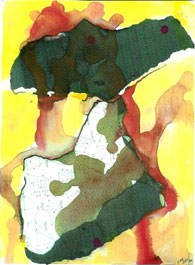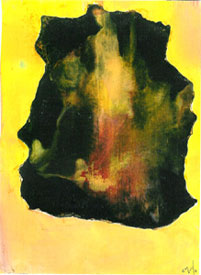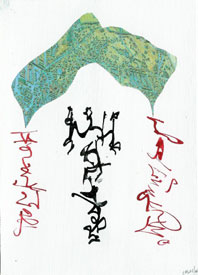Swallowing on the Way to the Gallows
It didn’t matter who she was. In the backseat of the traveling bus I projected Corn Tassel from one girl to the next. The same Corn Tassel ‘I’ would wear on graduation day, if it ever came down to that. I swallowed. It was expected of me. ‘I’ became aware of a large woman hovering over me. She wasn’t showing and was wearing too much eye shadow to be pregnant. I got up anyways to take a standing position in the aisle. She didn’t thank me, not even in her mother tongue.
Back home, the swallows darted in and out from under the eaves of the courtyard. The chickens ran loose between the rows of corn. When ‘I’ closed my eyes to picture them, heads were rolling away from the ax swung by my hand, the eyes still rotating back at me to get one final look. My mother made me do it to become a man. I swallowed every time, seeking recognition from the fast-twitch muscle in the eyelid over the closing eye.
There were no namesake pit vipers now, just goats. They boiled them down right there on the street. They used all the constituents except the hide, hoofs and horns. They slapped the stringy meat between pan and called it lonche de lomo. In my language this meant loin lunch. I could see this all for myself, but the words are what Manuel told me. Manuel was with me in the Monkey House.
“Even if the goatskin notch drums aren’t in tune and the vanity soccer balls aren’t useful for playing soccer,” Manuel said with his mother tongue, “they are still useful for ceremonial purposes.” The score was still zero to zero when we boarded Monkey House to continue onto our destination.


